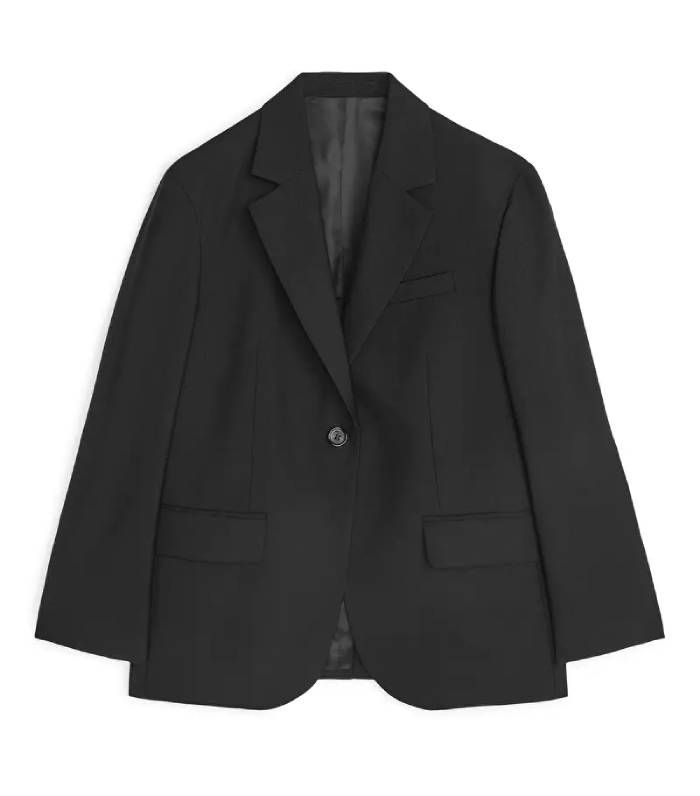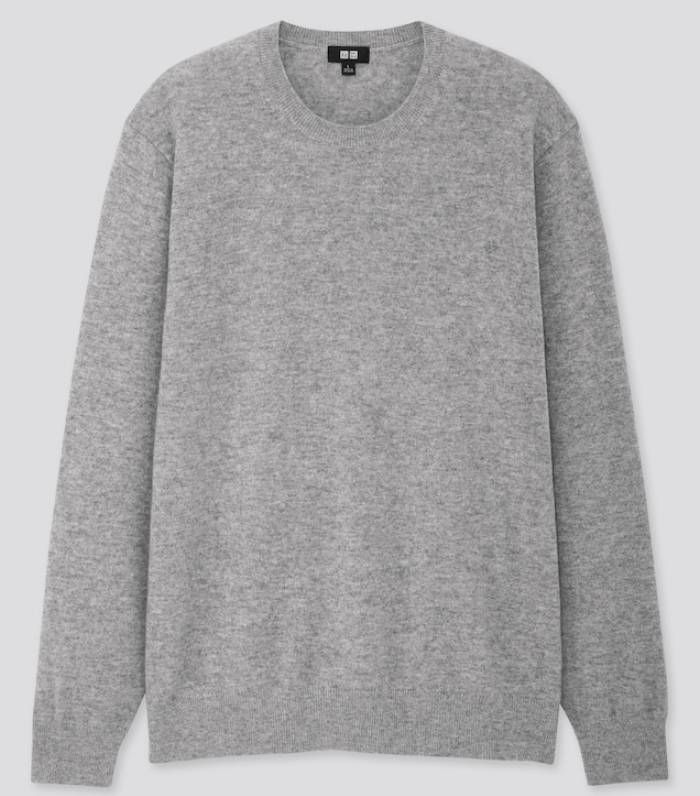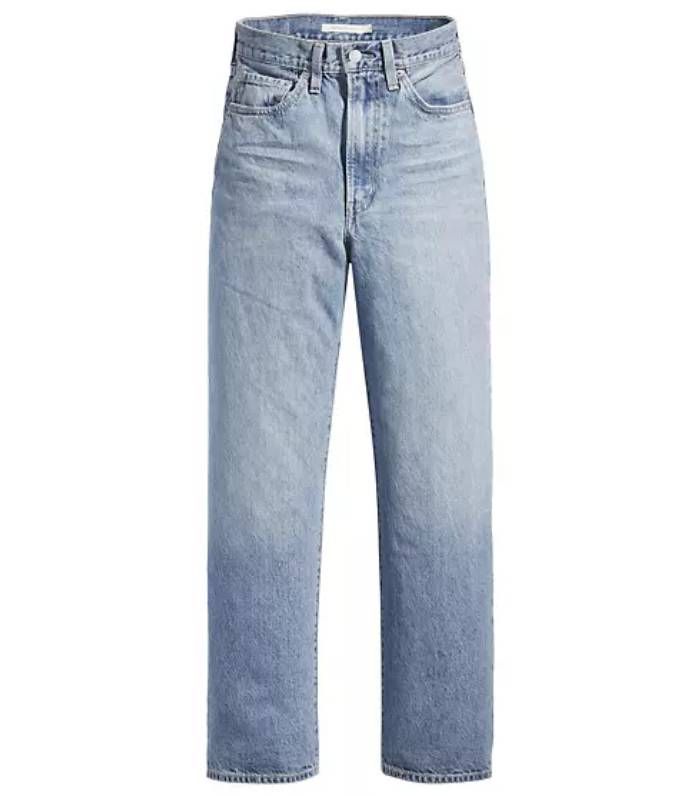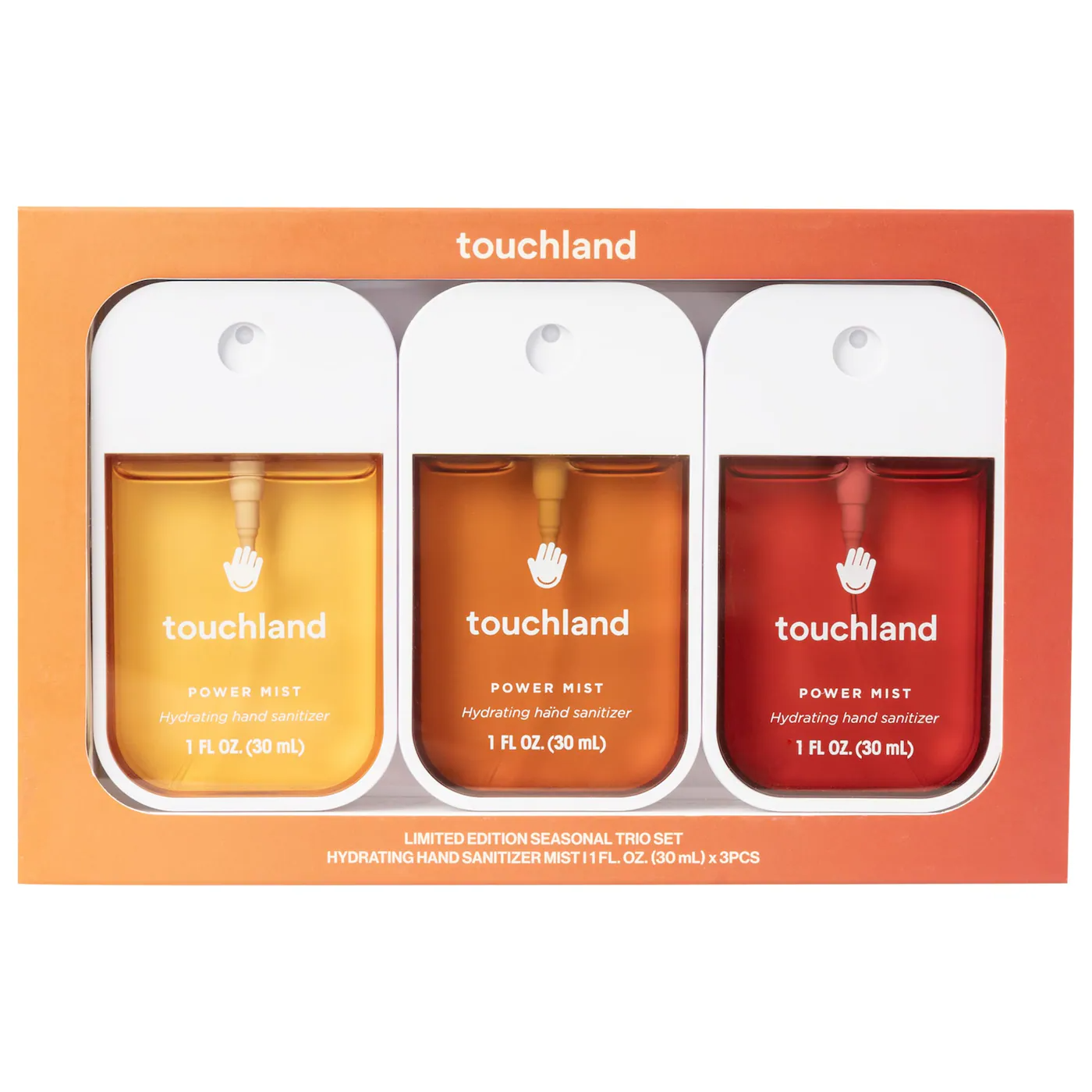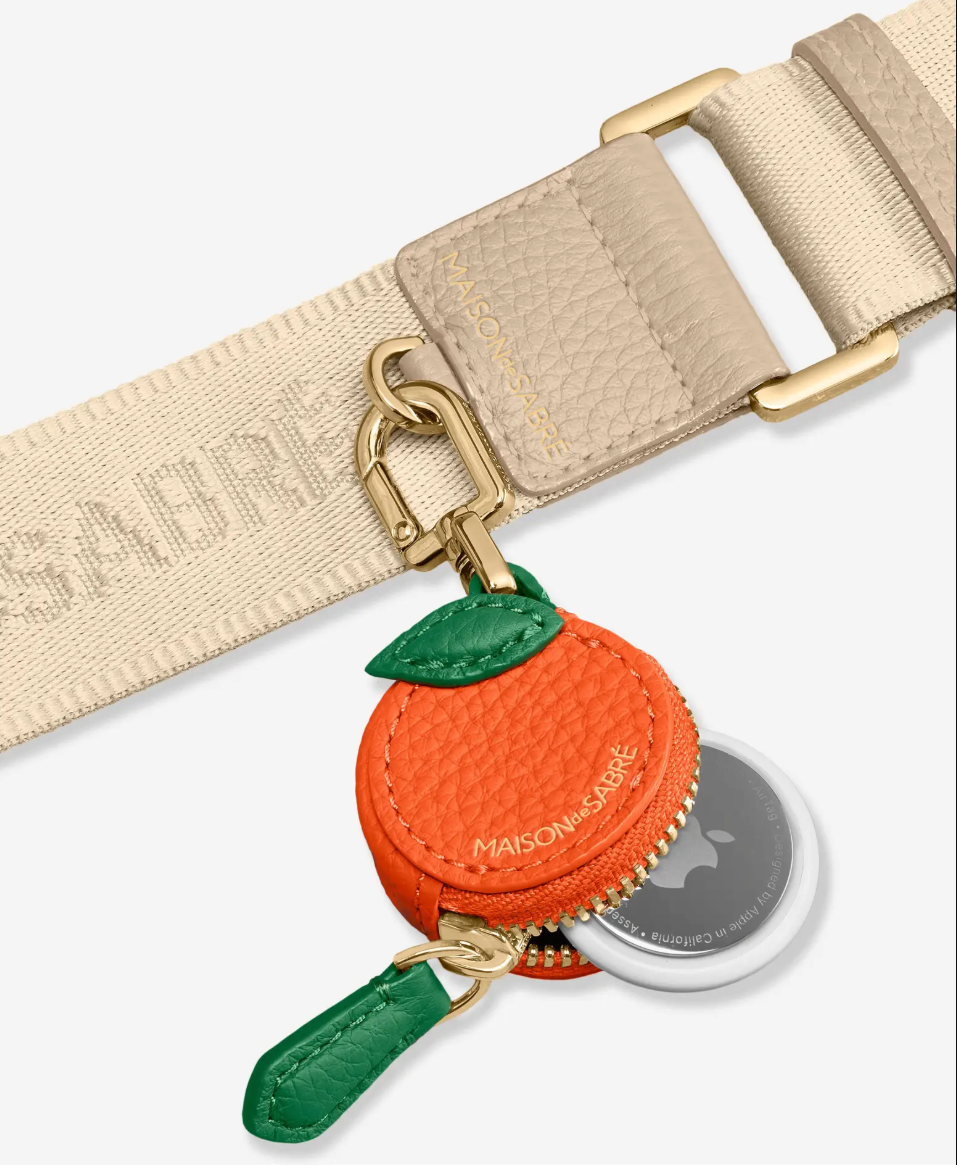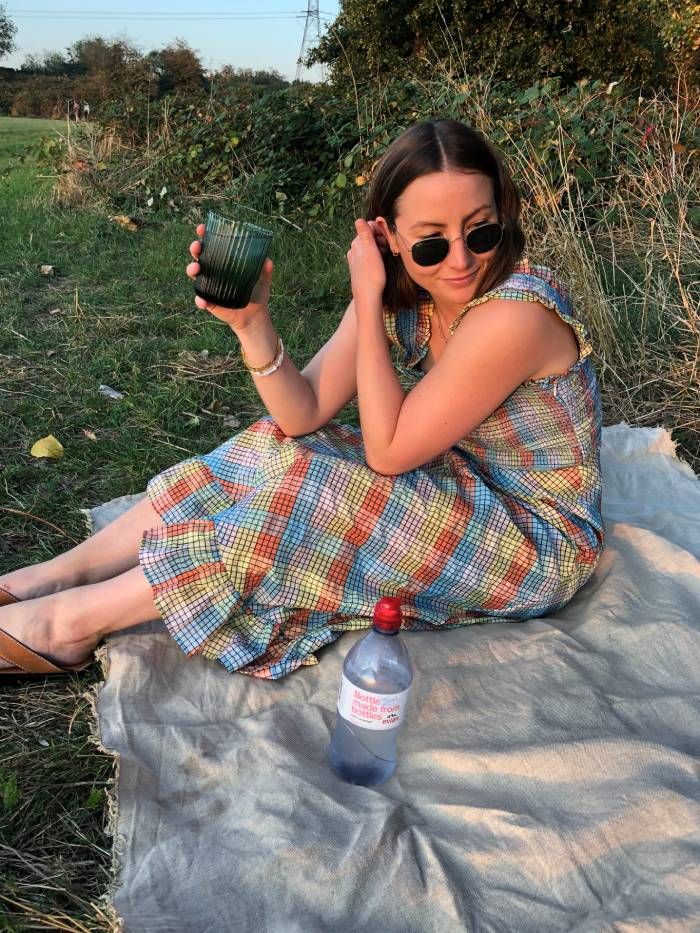

With Second Hand September underway and Recycle Week in full swing, this month is now inextricably linked with sustainability as much as it historically has been with newness in fashion. (We should be bang in the middle of Fashion Month, viewing new collections in real life on the hour.) Things are certainly changing for the better in terms of awareness, but there’s still a long way to go in order for us to roll back some of the shocking statistics on the fashion industry’s devastating effects on the planet—according to the UN, nearly 20% of global wastewater is produced by the fashion industry, along with 10% of global carbon emissions.
As we’re taking this moment to celebrate circular fashion, we wanted to bring you a guide on how to shop more thoughtfully this season and beyond. Sustainability is not a straightforward issue, of course, it’s full of complexities that can sometimes make us feel confused and powerless as to the best ways we can help. What is simple, however, is the small commitments we can all make in our everyday habits that could make a big difference in the long term.
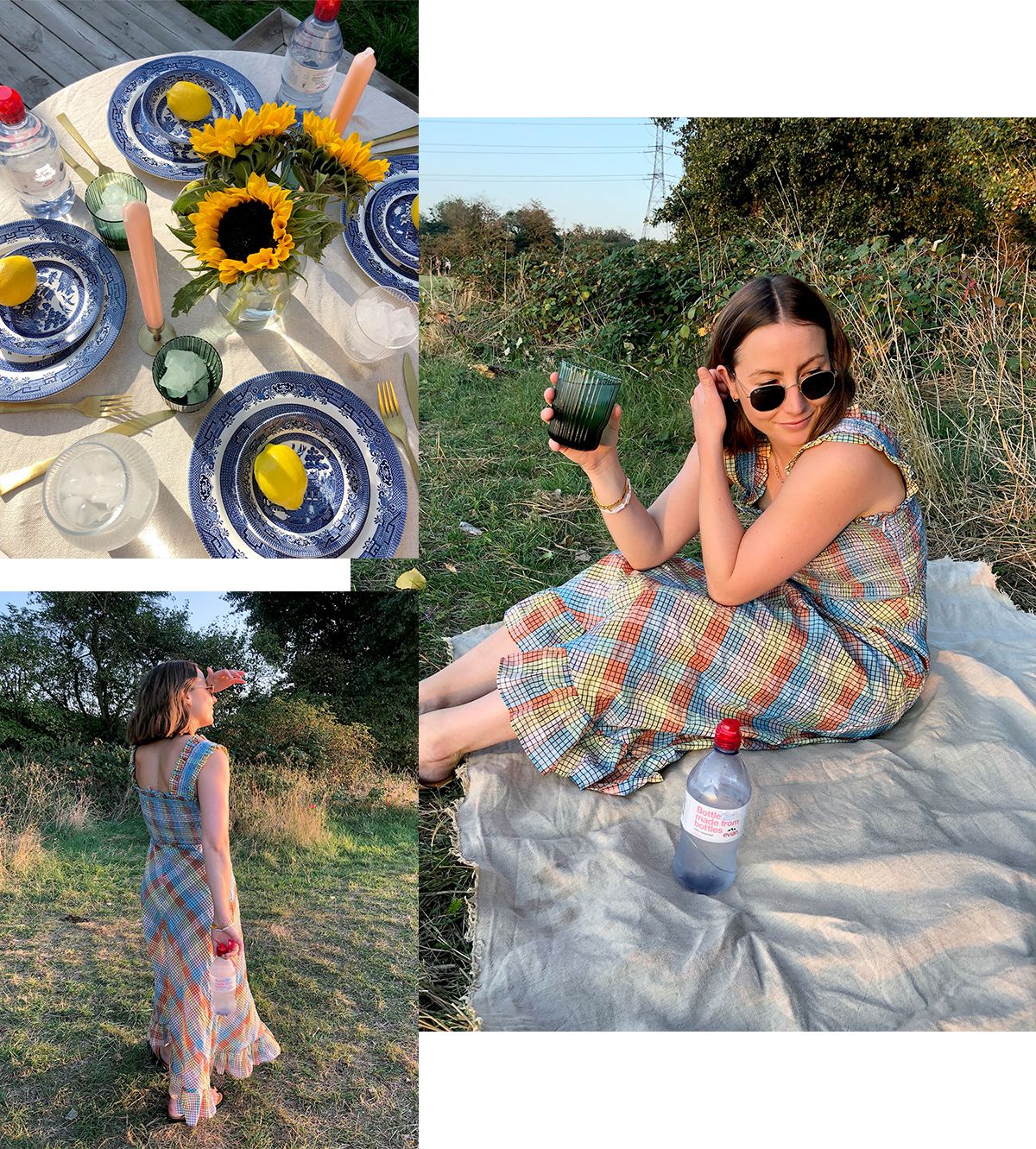
At the core of it, we need to really think about what we’re buying, invest in quality materials, and not be afraid to question the processes behind what we’re consuming. For this guide, we’ve teamed up with evian, who achieved carbon-neutral status in April and have pledged to become fully circular by 2025.
We wouldn’t blame you for not being aware of evian’s sustainability credentials or questioning exactly how it’s going to do that. Well, that crisp, pure water doesn’t just come from nowhere. With its mineral water being sourced in the French Alps, evian knows it owes everything to nature and are committed to preserving it.
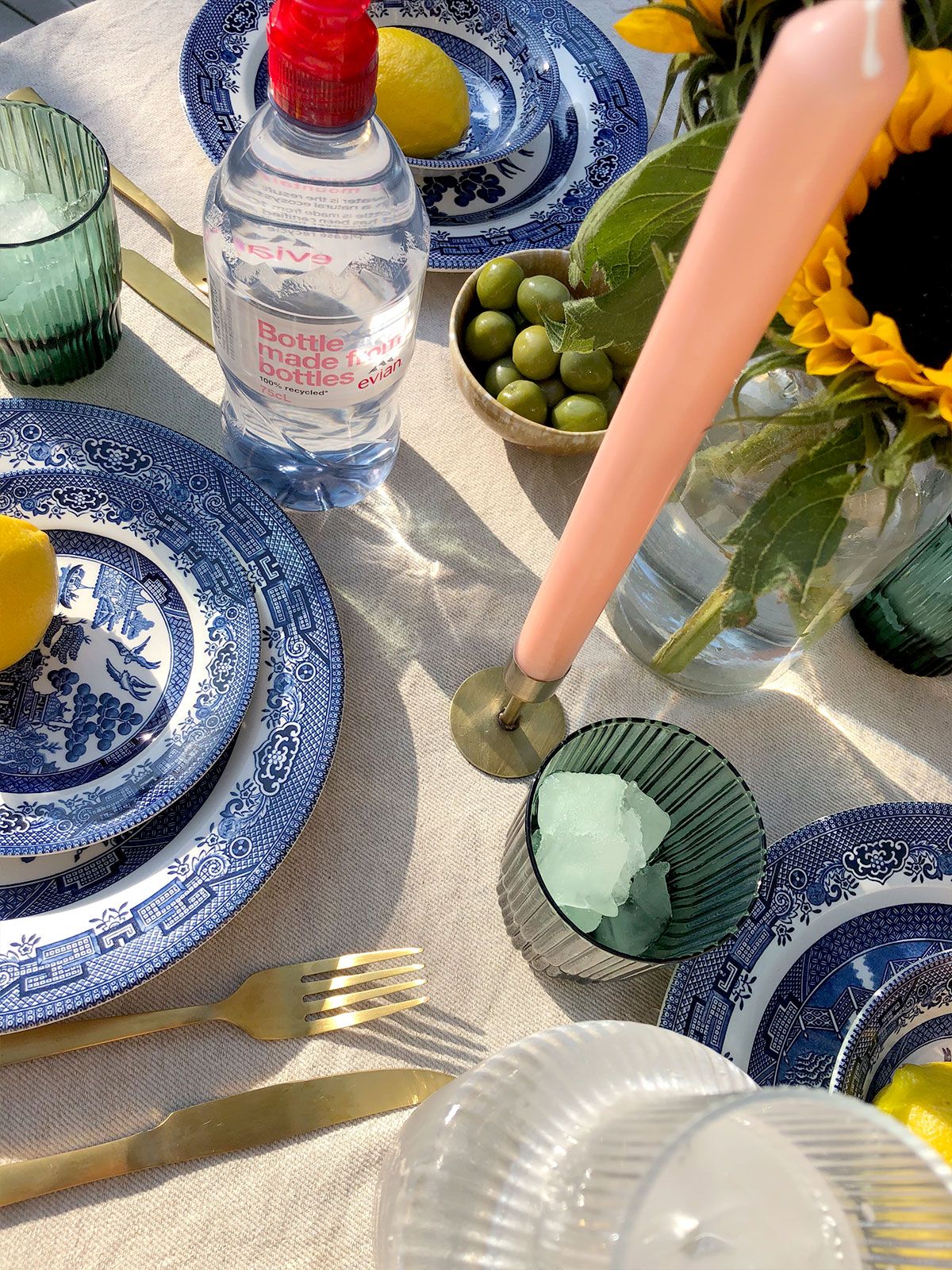
The brand is ramping up its rPET usage (that’s recycled plastic to you and me), starting with the launch of its new Bottle made from bottles product range, which does exactly what it says on the tin (or bottle, if you will). The new bottles are made from 100% recycled plastic and are fully recyclable afterwards. Use of rPET on such a large scale is still a relatively new concept, which requires awareness and increased demand from consumers to ensure better collection systems are put in place, and therefore keeping plastic in constant circulation. The more we recycle, and prioritise recycled products, the easier it will be for brands like evian to keep the use of virgin plastic to an absolute minimum.
It’s not just in our wardrobes where we need to remember to shop circular, and evian is highlighting the necessity of it in our small, everyday actions as well.
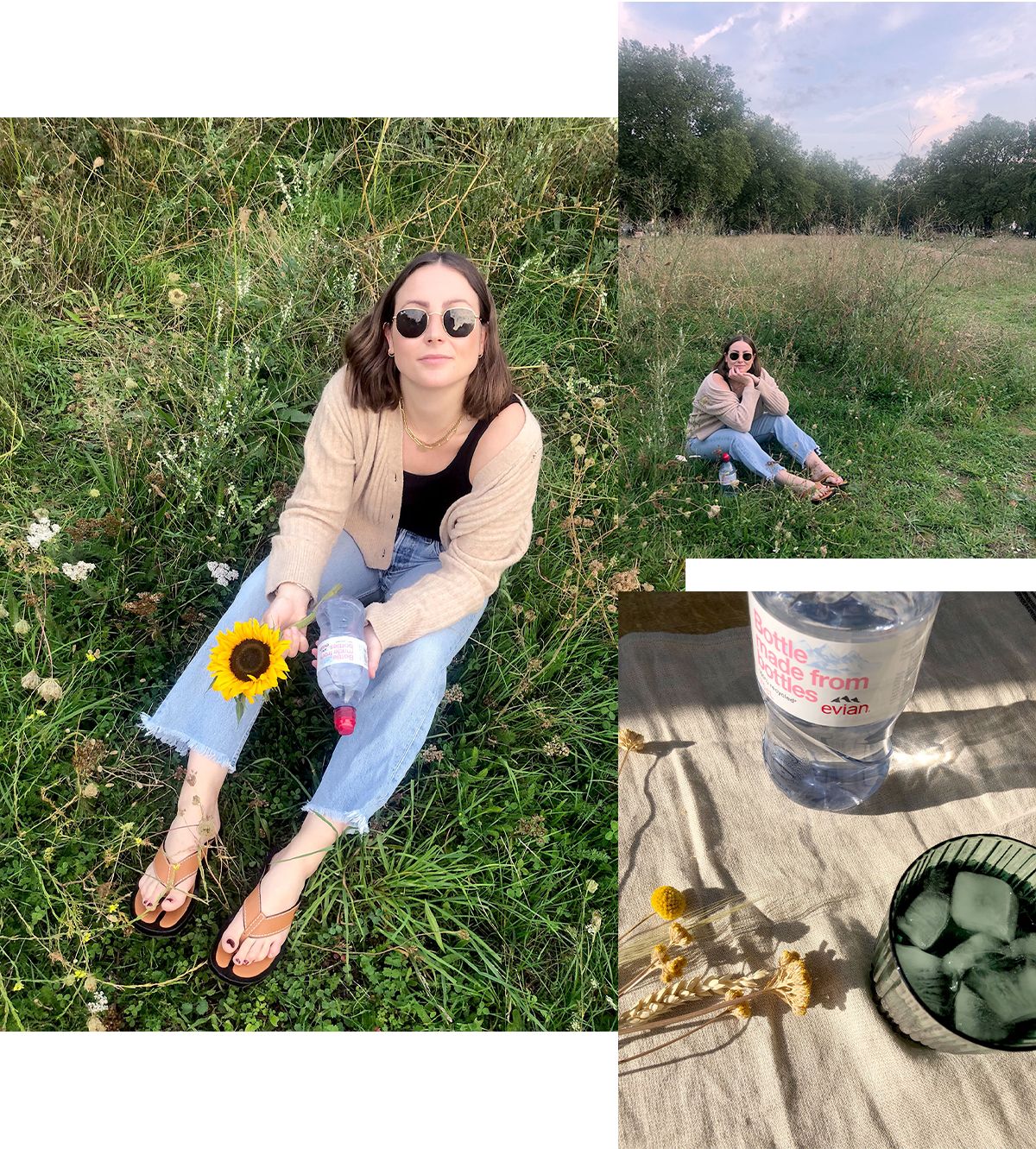
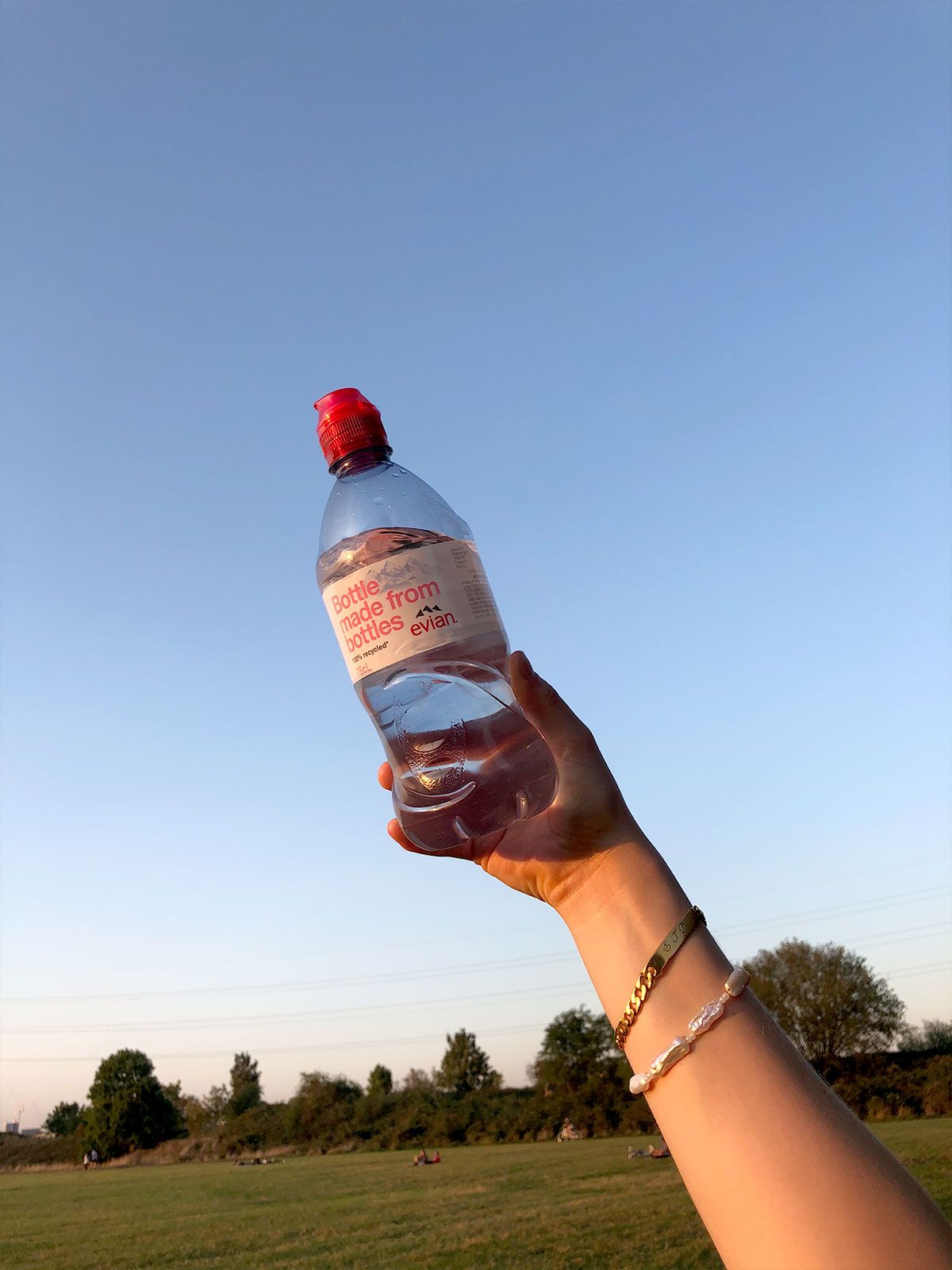
Keep scrolling, then, for eight easy ways to make our wardrobes a little more circular.

According to 1 Million Women, if one million of us bought our “next item of clothing second hand instead of new, we would save six million kg of carbon pollution from entering the atmosphere.” Not only is finding pre-owned gems one of the most simple ways to make a huge difference to our fashion consumption, but it’s also a great way to make your wardrobe stand out from the crowd. Although Oxfam’s Second Hand September (the commitment to shop solely pre-owned pieces) is only a month-long affair, the hope is that it teaches us how easy and rewarding it can be.
Certainly, shopping second-hand doesn’t have to mean lowering your standards, especially today with so many great options available— Who What Wear shopping editor (and second-hand shopping pro) Joy Montgomery often finds on-trend pieces on Depop, Etsy, Vestiaire, and, of course, vintage boutiques, both online and in-store, that cause us all to stop and admire.
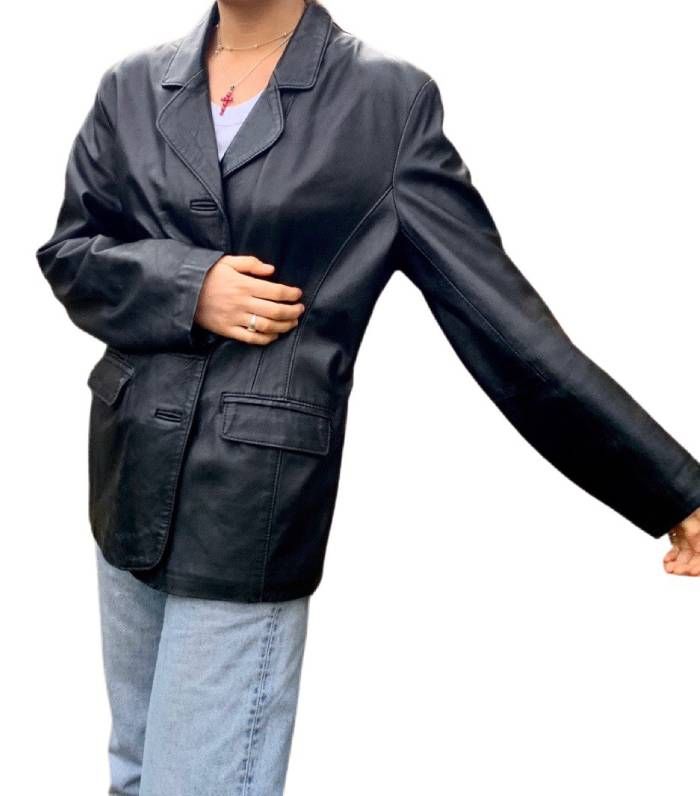
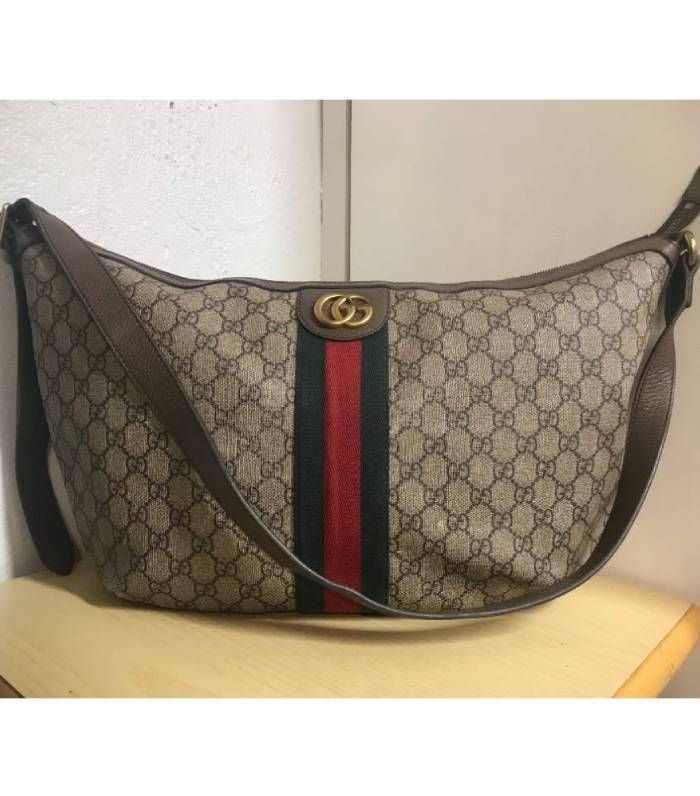

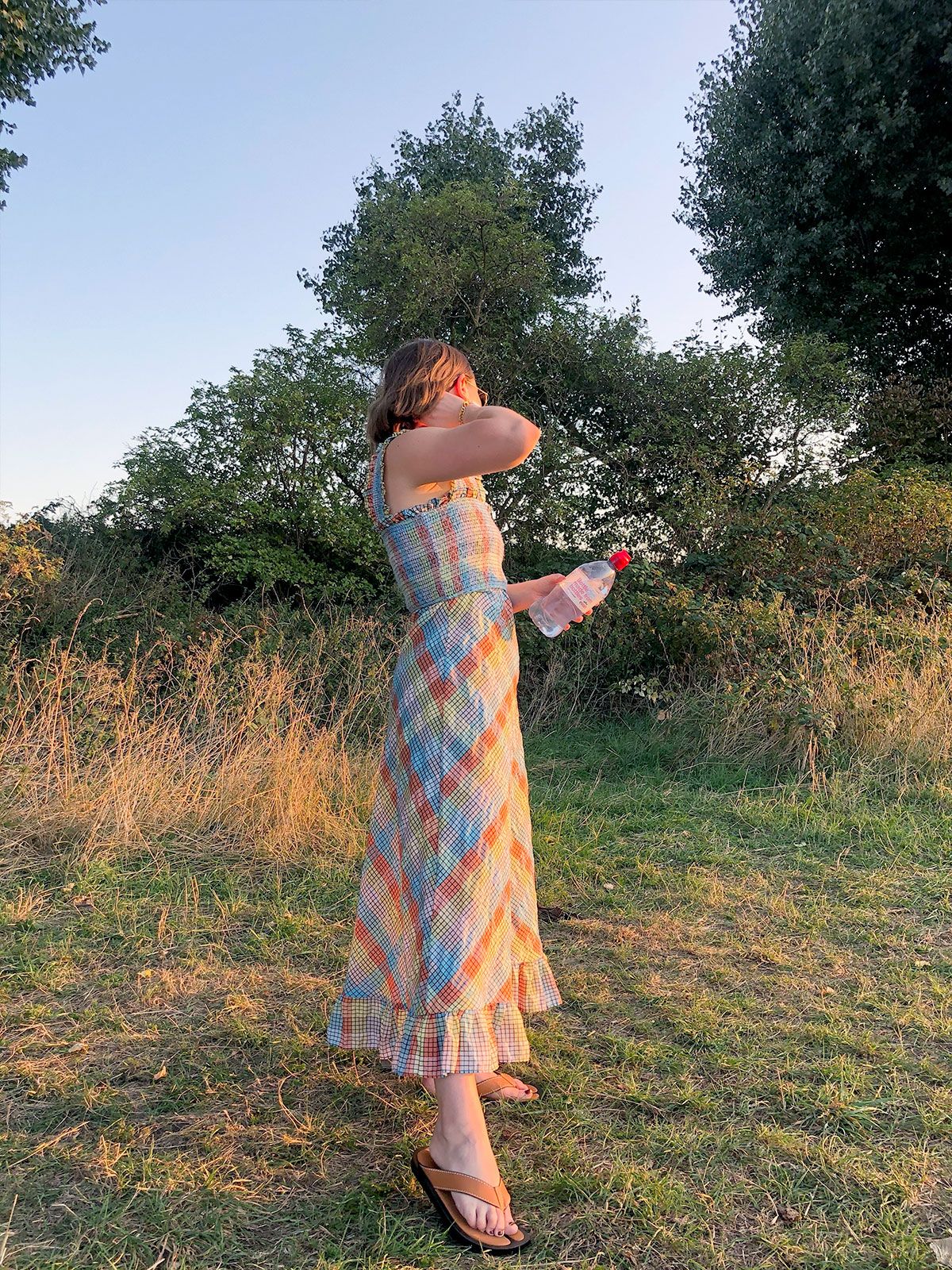
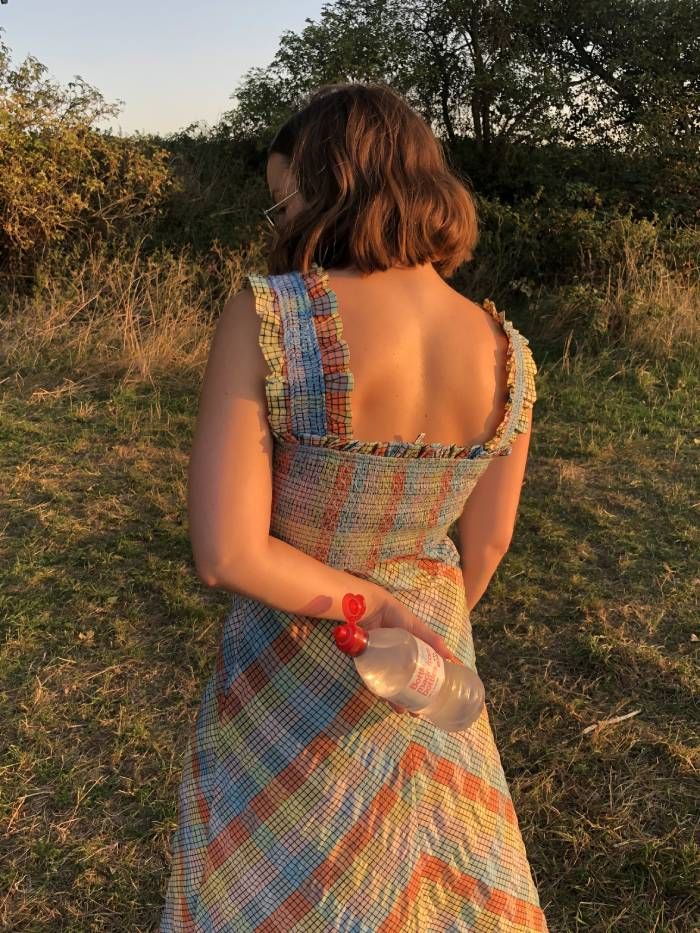
In recent years, making our wardrobes more circular has become much more achievable, and a huge part of that is due to the rise of rental platforms. If you’re looking to invest but want to try beforehand or simply need a standout style for a special occasion that you know you’ll only wear once, rental platforms like Hurr (great for getting ahold of cult designer dresses at a high-street price) and Cocoon (a monthly subscription service making astronomically expensive It bags accessible to all) will be your new best friends. Renting is also a great way to tap into seasonal trends without wastefully buying into styles you might not love forever. Actually, there really aren’t many cons.

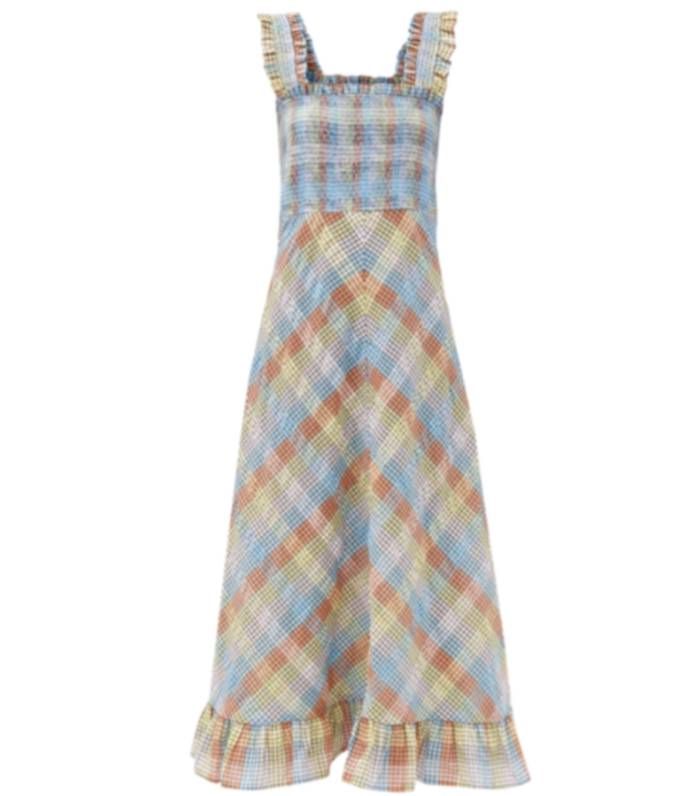
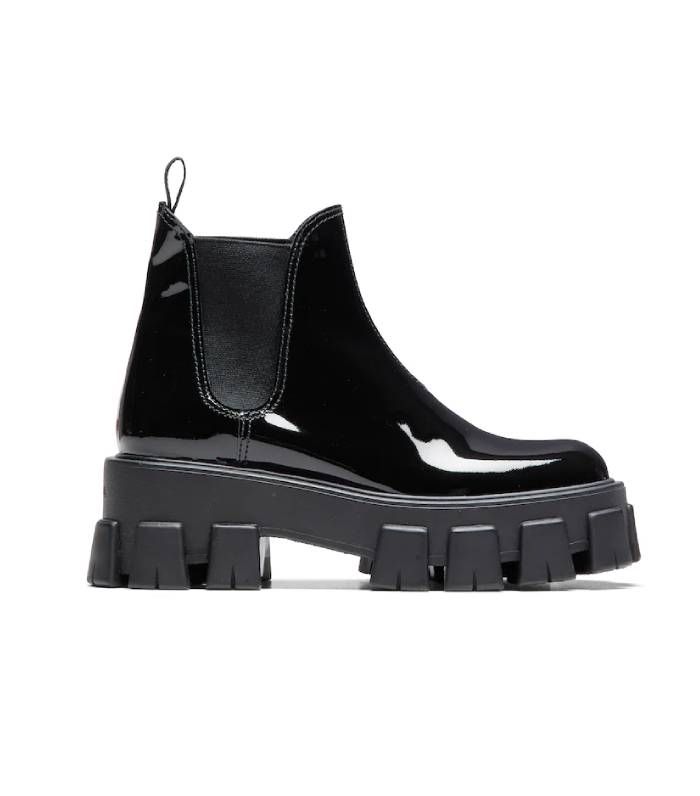

Not throwing away your clothes after the first sign of wear is an essential and easy step to take in becoming more responsible day to day. Lost buttons, broken zips, and worn-out soles are so easy to repair, and it won’t cost the earth (or nearly as much as a new item) to take them to your local tailor or cobbler. Extend the life of pieces you love but maybe don’t wear as much anymore by having them altered to bring them up to date or fit you perfectly. The Restory can be trusted with your extra-special investments, and there’s not much Alexia Alterations can’t do with a piece of clothing. You can also head to Arket now for some expert tips on how to repair denim at home.
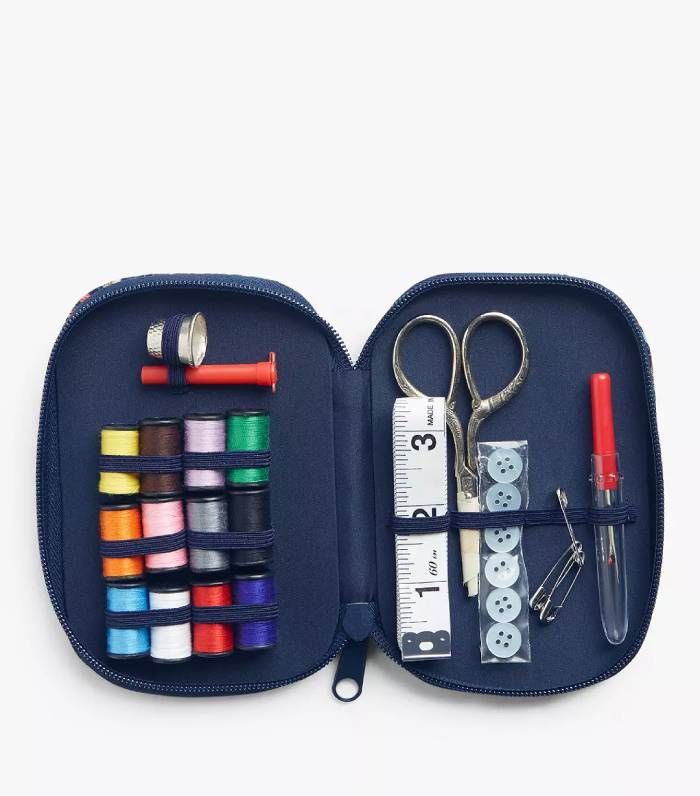

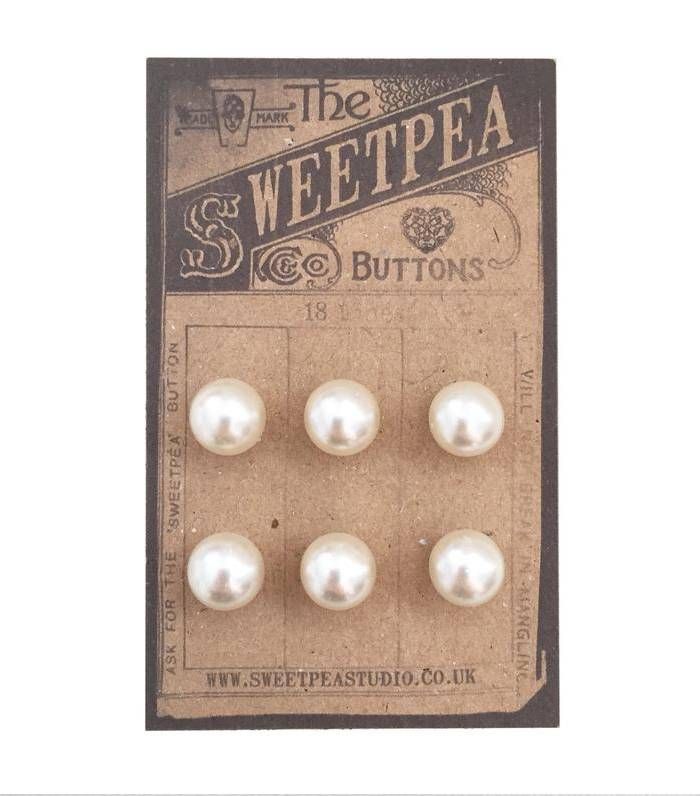


Get to know the materials you’re consuming. Simply taking a moment to read labels can make a huge impact on your environmental footprint. If we revisit rPET, for example, a bottle like evian’s made from 100% recycled plastic allows a saving of up to 50% carbon emissions compared to a standard plastic water bottle, whilst also reducing reliance on fossil fuels.
Obviously buying anything (whether clothing or water bottles) made from recycled materials means you’re instantly supporting a more circular world. In terms of clothing fabrics, if it isn’t already recycled, always look out for organic or GOTS-certified cotton, linen (naturally low impact), and Tencel-branded fibres like Lyocell, which are naturally more sustainable. Avoid the likes of PVC, viscose, and standard cotton. It’s all about quality over quantity, and buying better materials means they’ll often last a lot longer. We’d also recommend following @the.ecoiste and @colity.co for insider intel into brands using sustainable fabrics.
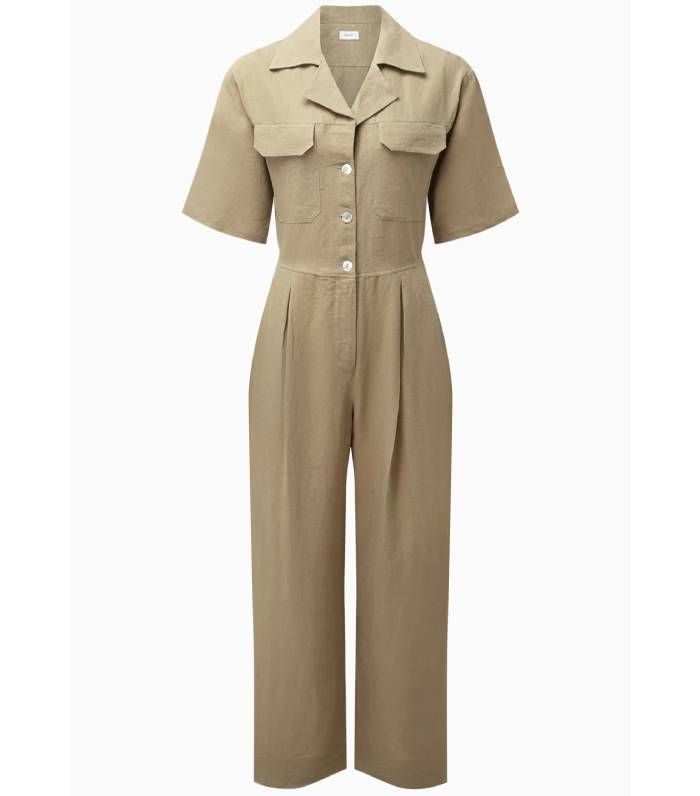
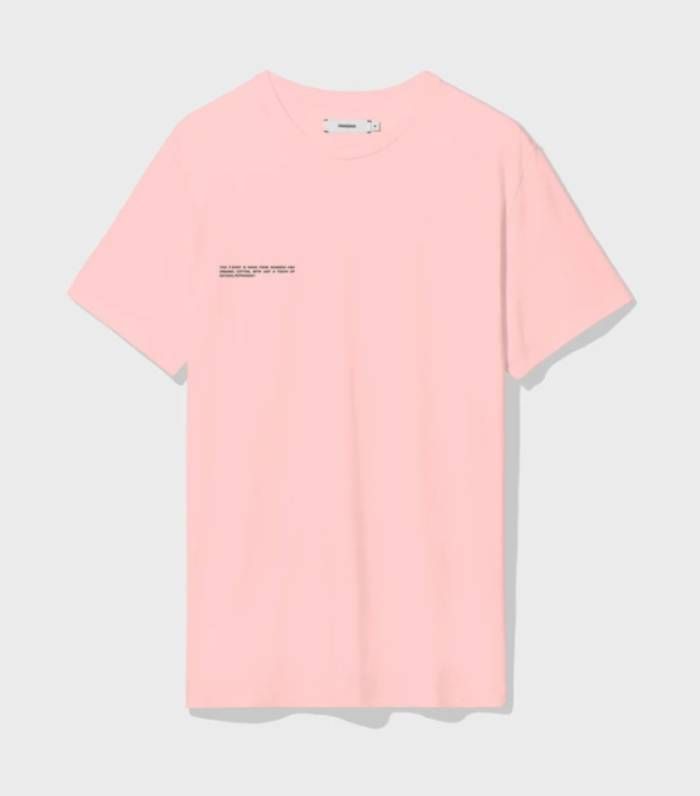
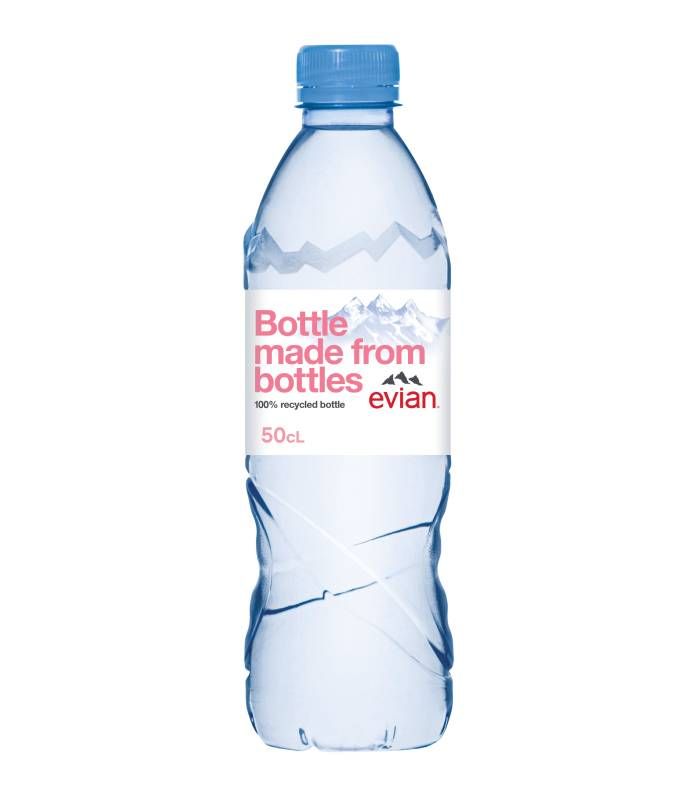
This might not sound the most, well, hygienic, but it’s often the case that we wash a lot of our clothes unnecessarily without even thinking about the effect it might have on the environment. A sustainability expert previously told Who What Wear that “research by the Energy Saving Trust has shown that laundering accounts for 60 to 80% of a garment’s total environmental impact.” So next time, think twice before washing a pair of jeans that have another wear in them. Of course, it also helps to wash your clothes at 30 degrees, which is reported to reduce energy usage up to 40% compared to the usual 40-degree wash. Told you these small things make a big difference.
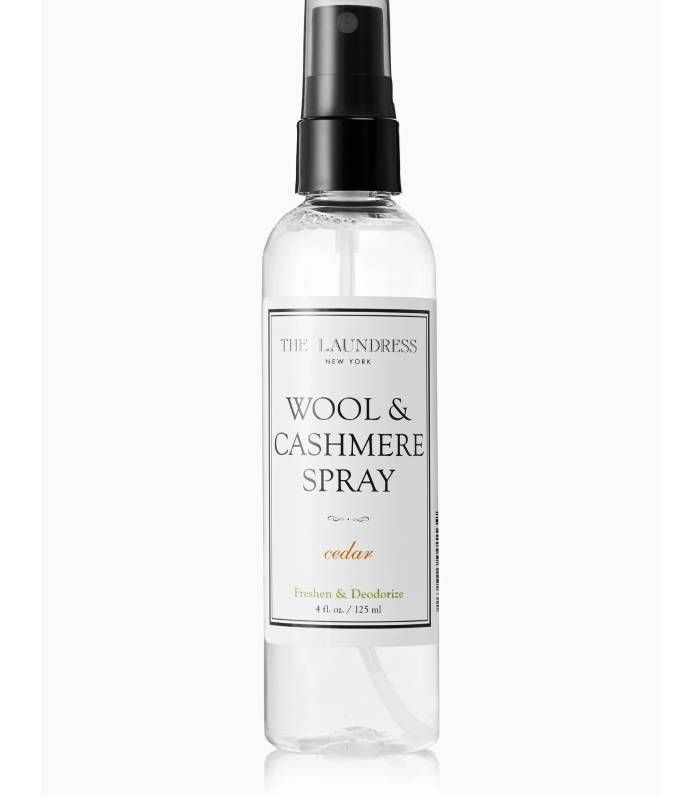

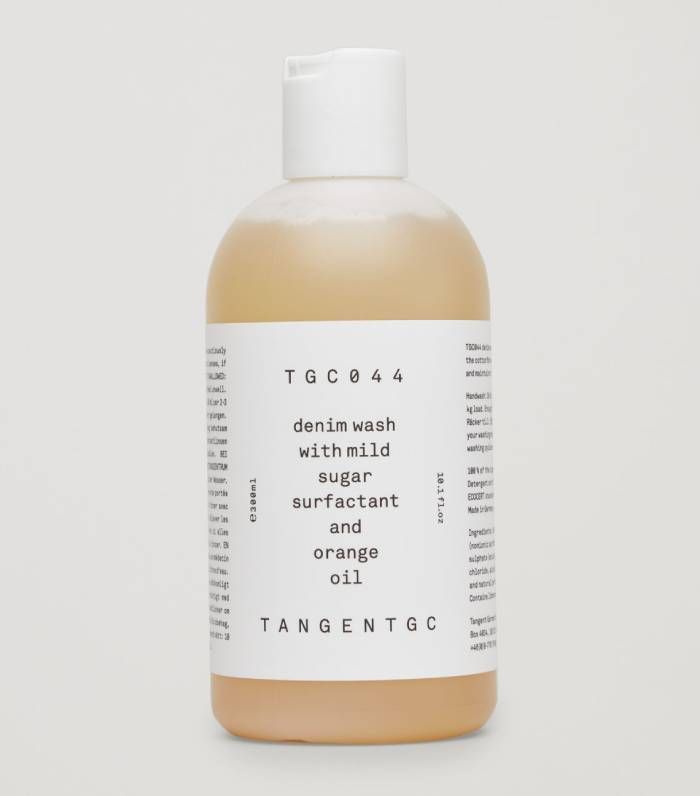
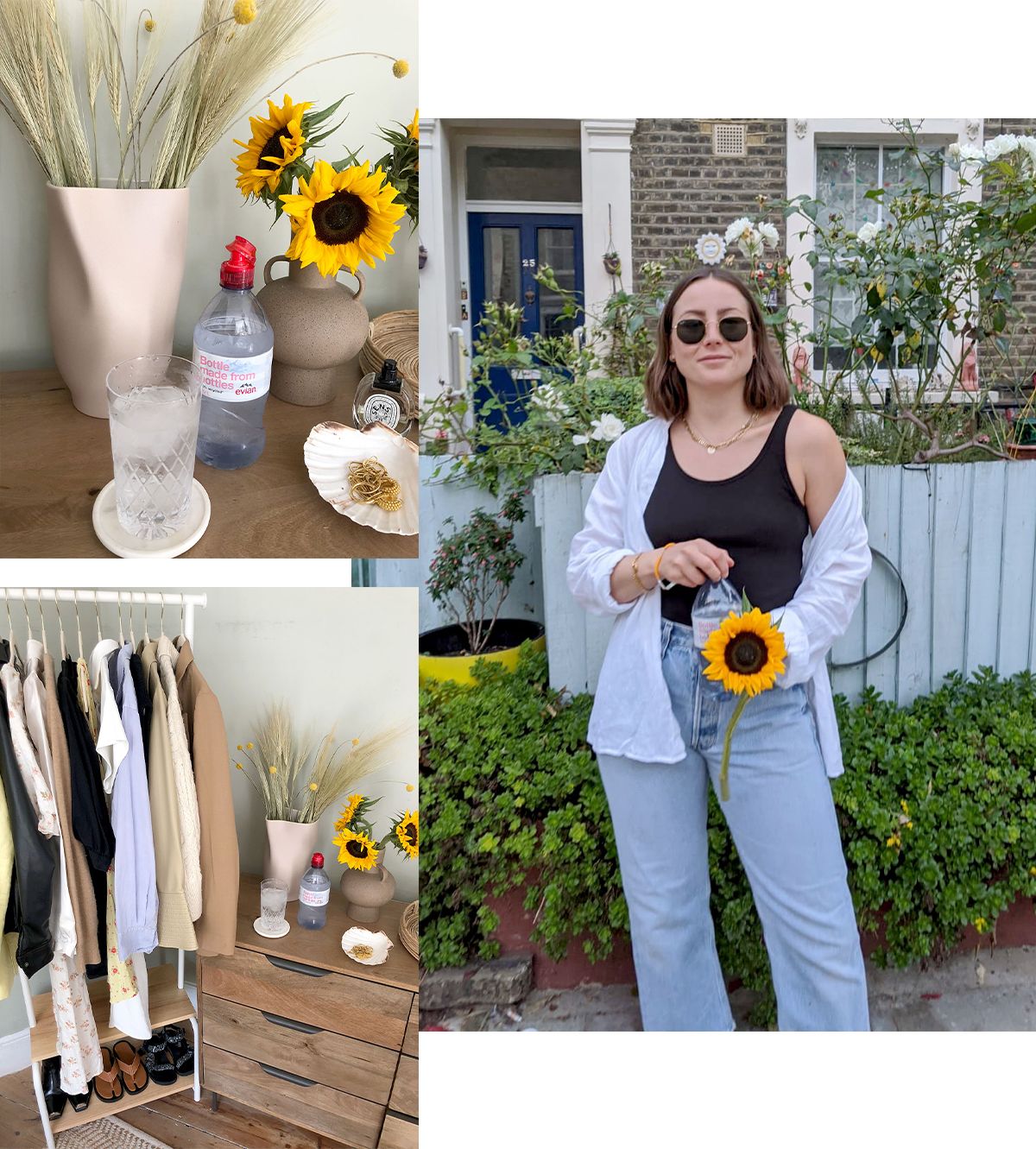
Marie Kondo might be a name that brings fear to some of us (and joy to others), but spending a slow Sunday having a good old closet sort out can also help reduce your consumption. Being able to see everything in your wardrobe will remind you of all the great pieces you already have and might deter you from that next unnecessary shopping spree.
Organising your wardrobe will also make it clear where there are gaps or which pieces you buy and wear repeatedly. This will make your next purchases more considered. Don’t forget to recycle anything you don’t need anymore and never just throw away. Oxfam and even high-street stores like H&M and Arket will take any unwanted clothes, even if it’s just an odd sock, and make sure that none of it goes to landfill.
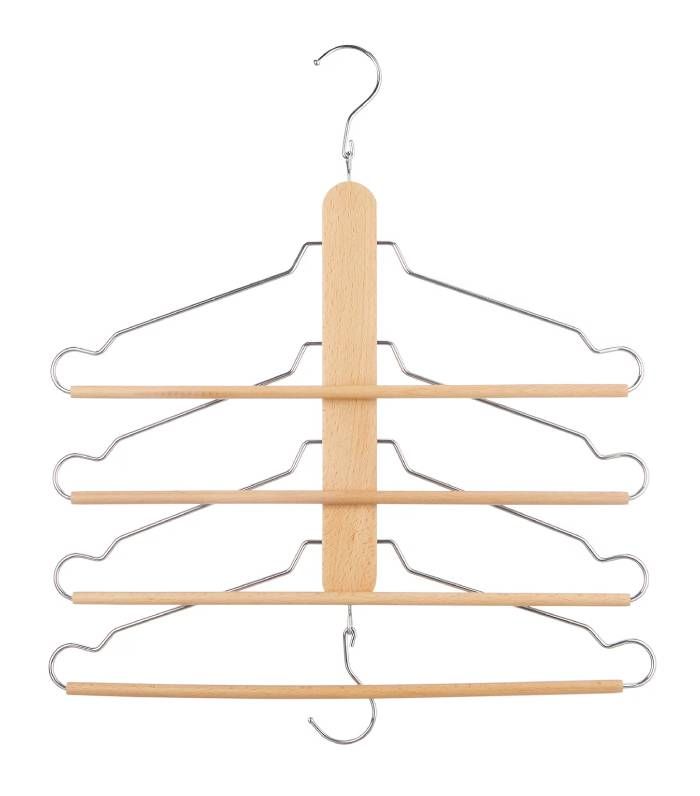
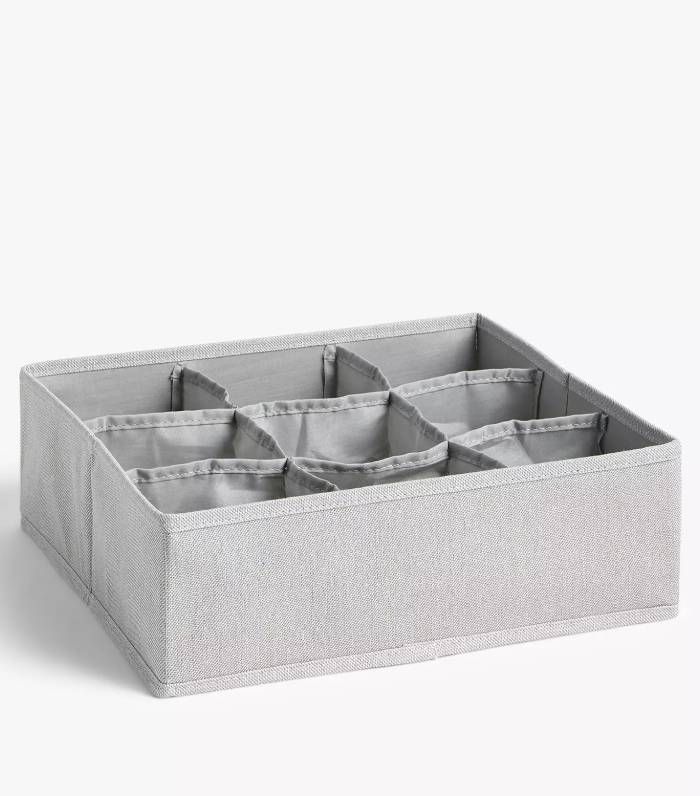
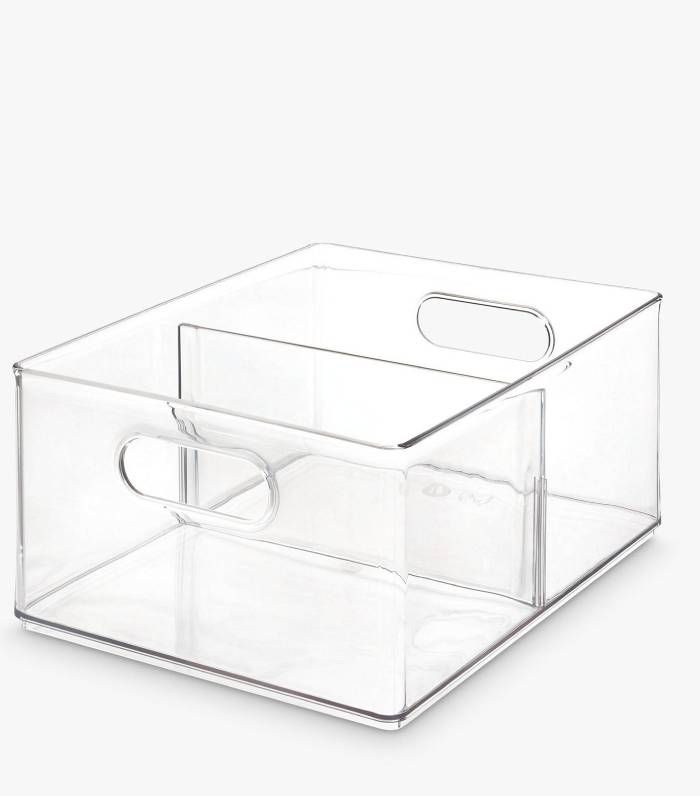
Don’t be afraid to contact the brand or company you’re choosing to buy from. Every brand should be accountable in 2020 for its sustainability practices, and the likelihood is if it has good ones it’ll be shouting about it. If you can’t find clear information on its website or social media, go out of your way to send an email or get in touch with its customer services to find out how, or where, the products were made. evian, for example, has clearly defined, transparent, and easy-to-understand information on its site regarding its sustainability practices and future pledges.

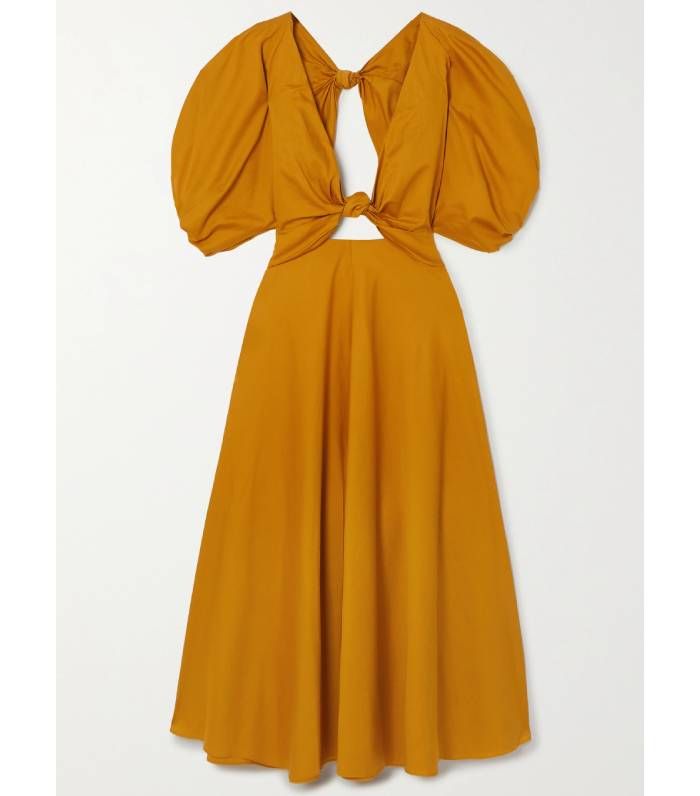

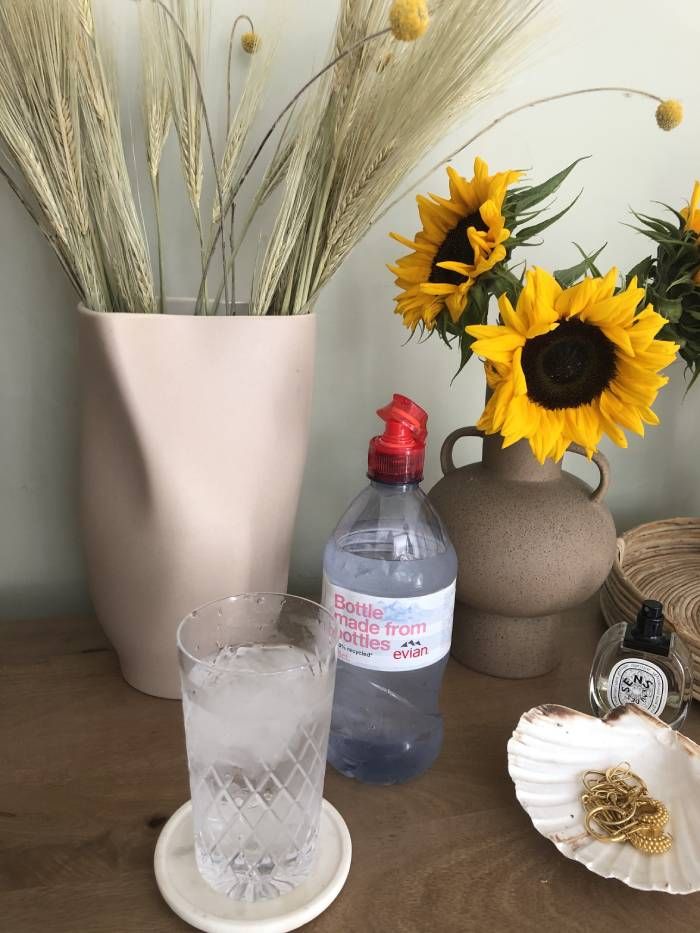
Every week, the UK sends 11 million items of clothing to landfill, according to Oxfam—that’s A LOT. If we can play even a small part in not adding to that, then that’s a win in our eyes. That means buying good-quality things we know we’ll love forever as opposed to fleeting trends.
The good news is that as fashion begins to slow down, trends such as the blazer, leather separates, and knee-high boots are becoming less extreme, more wearable, and therefore they pop up again and again, season after season, tweaked by the street-style set in easy-to-copy ways that don’t require a wardrobe overhaul.
The key, obviously, is to buy less, buy what you love, and make it last. Create a capsule wardrobe that works for you. That doesn’t have to mean boring or plain pieces. If you’re a big fan of prints and always have been, then that’s what you’ll still be wearing in thirty years, and that’s what counts.
